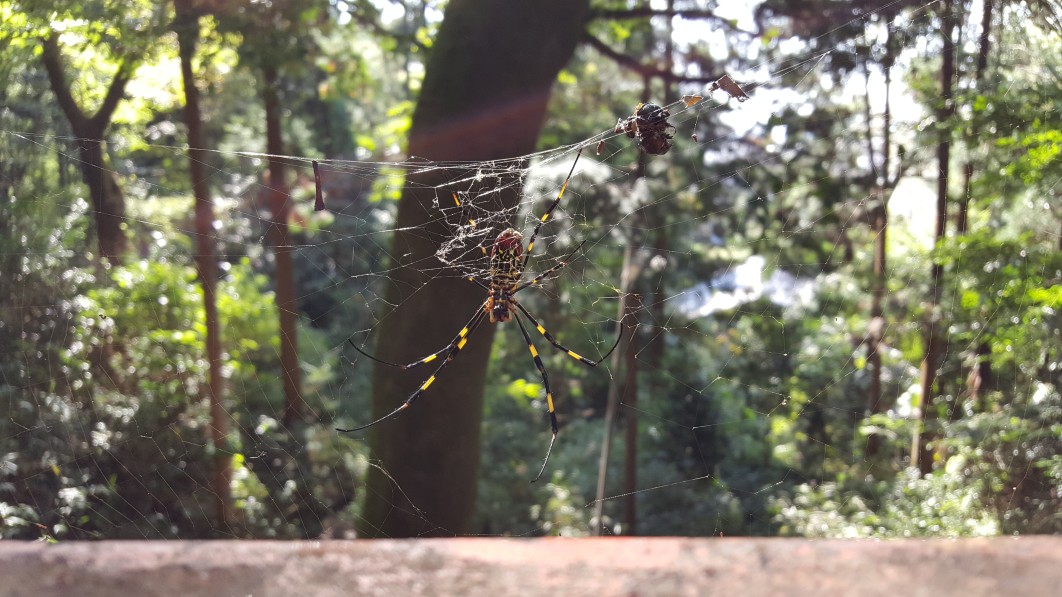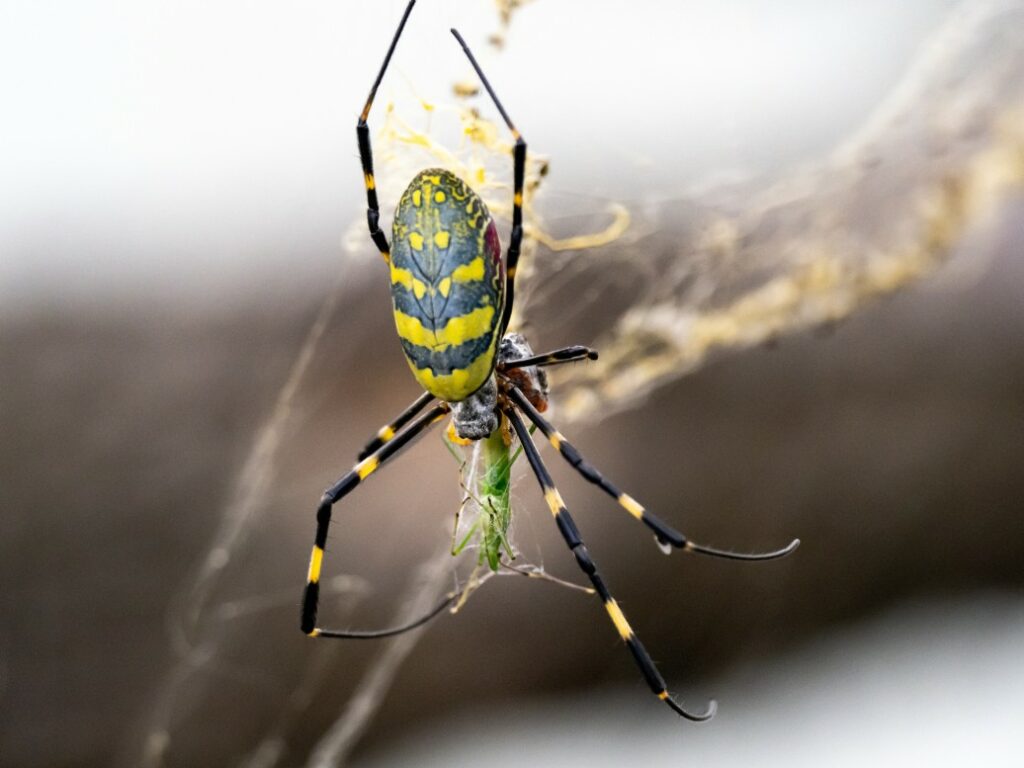
Heavy Rain, Flooding, and Chance of Severe Weather Staring Down the Southern U.S.
January 22, 2024
Posted: March 20, 2022 2:35 am





Joro Spider May be Beneficial to Crops and Mosquito Control
Much of the East Coast could be under the siege of billions of spiders in the coming months as the Joro spider spreads northward from the South.
New research out of the University of Georgia is predicting that this spider could move up the Eastern Seaboard over the next year if the right weather conditions are in place. As a native spider to East Asia, the Joro is part of the Trichonephila clavata species. The male Joro spiders present with a small brown body while the females feature bright yellow, blue, and red markings. The females can stretch up to 4 inches, much larger than their male counterparts. Most experts can recognize the Joro spiders by their wheel-shaped webs.
A collections manager at the Georgia Museum of Natural History was the first person to investigate the Joro spider in his state back in 2014. Rick Hoebeke received a phone call about the presence of a new unusual spider species in Georgia. Hoebeke subsequently spent time tracking the species through the state and was able to trace it back to its East Asia roots.
The arachnid expert believes that the spider originally hitchhiked to the region from East Asia through the use of a shipping container. Hoebeke thinks that the first Joro spider was dropped off somewhere along the Interstate 85 corridor northeast of Atlanta.
The lifespan of the Joro spider is generally less than a year. Most of the spiders will die off by the last part of November. In their wake, they leave behind eggs that hatch during the early spring months, starting the life cycle once again.

Since the Joro spider was first identified in Georgia in 2014, experts have since found it in about 25 counties throughout the state. Residents routinely find the colorful spiders on porches and mailboxes spinning their three-dimensional webs.
What is most alarming about these spiders to some people is how they are able to balloon themselves using their web, launching their body through the air. The spiders are also known as adept hitchhikers, accelerating their spread to other areas.
The Joro spider has now been found in the neighboring states of South Carolina, North Carolina, and Tennessee. Experts are certain that the spider will continue its spread throughout the Southeast and eventually up the Eastern Seaboard over the next several months.
Unlike other types of spiders that may not be biologically equipped to survive freezing temperatures, the Joro spider is able to make it through cold weather conditions. This is largely because the Joro spider has a significantly higher heart rate and metabolism when compared to some of its closest relatives.
This biological profile makes it able to withstand colder temperatures, equipping it to survive well into New England. Because the Joro spiders are native to Japan with its similar climate to the East Coast, entomologists are predicting that it will be able to survive the cooling temperatures to the north.
The good news from entomologists is that the spider does not seem to negatively impact any other type of native species, a characteristic that is often a problem with invasive species.
In fact, the Joro spider is able to prey on the native brown marmorated stink bugs prevalent in the Southeast. These bugs can present serious danger to crops, making their control a positive thing that the Joro spider can bring to the area. In addition, the Joro spider can often suppress mosquito spread.
Entomologists also assure those in the Southeast that the Joro spiders are harmless to humans. The fangs of this species of spider are so small that they are not likely to break through the skin of a human in the event of a bite.

January 21, 2024

January 19, 2024

January 18, 2024